100% Client Satisfaction
Products
location
Planning Services
Rotary equipment refers to the machinery that rotate during their operation, typically as part of industrial systems which are essential for processes in industries such as oil and gas, power generation, chemical processing, and manufacturing.








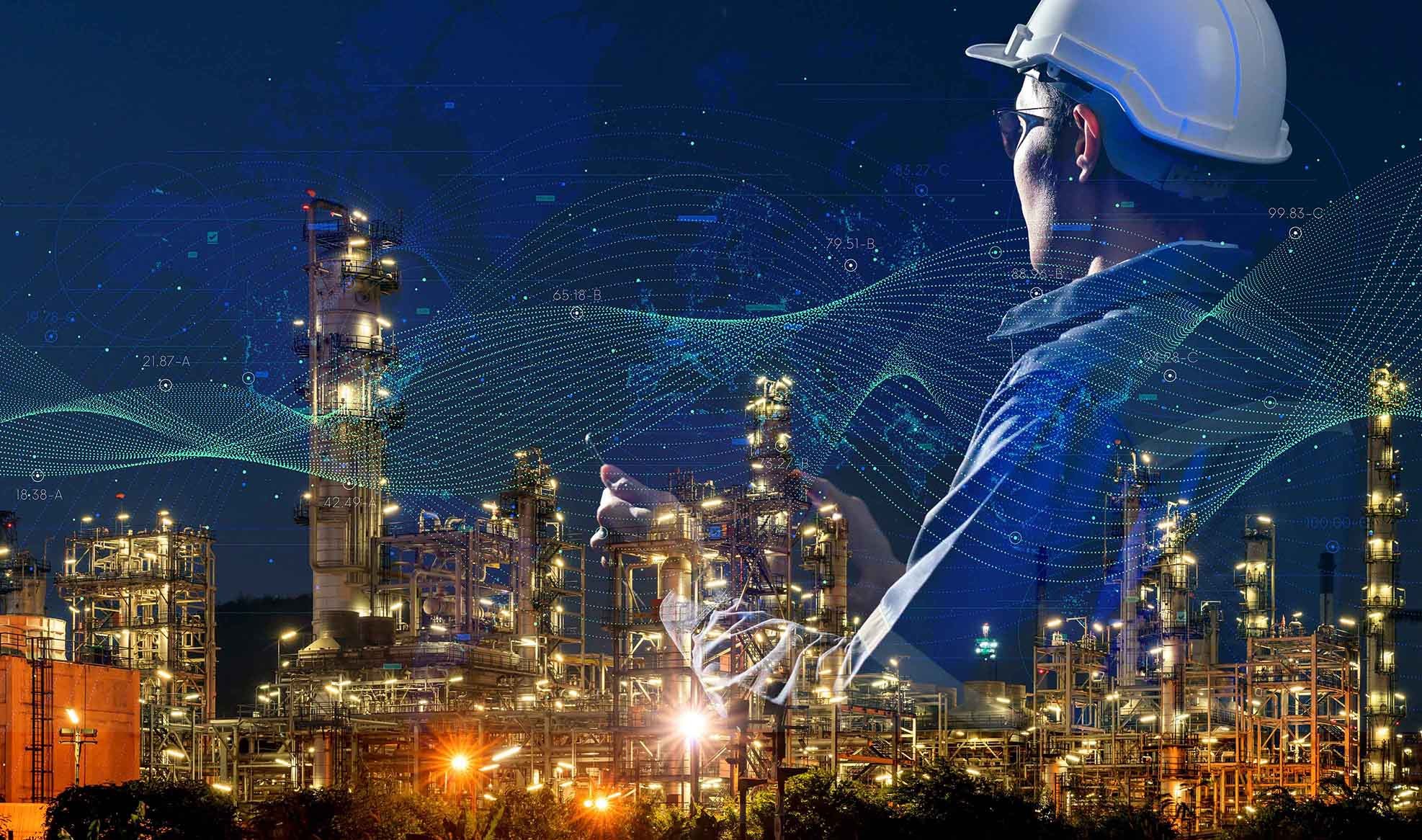
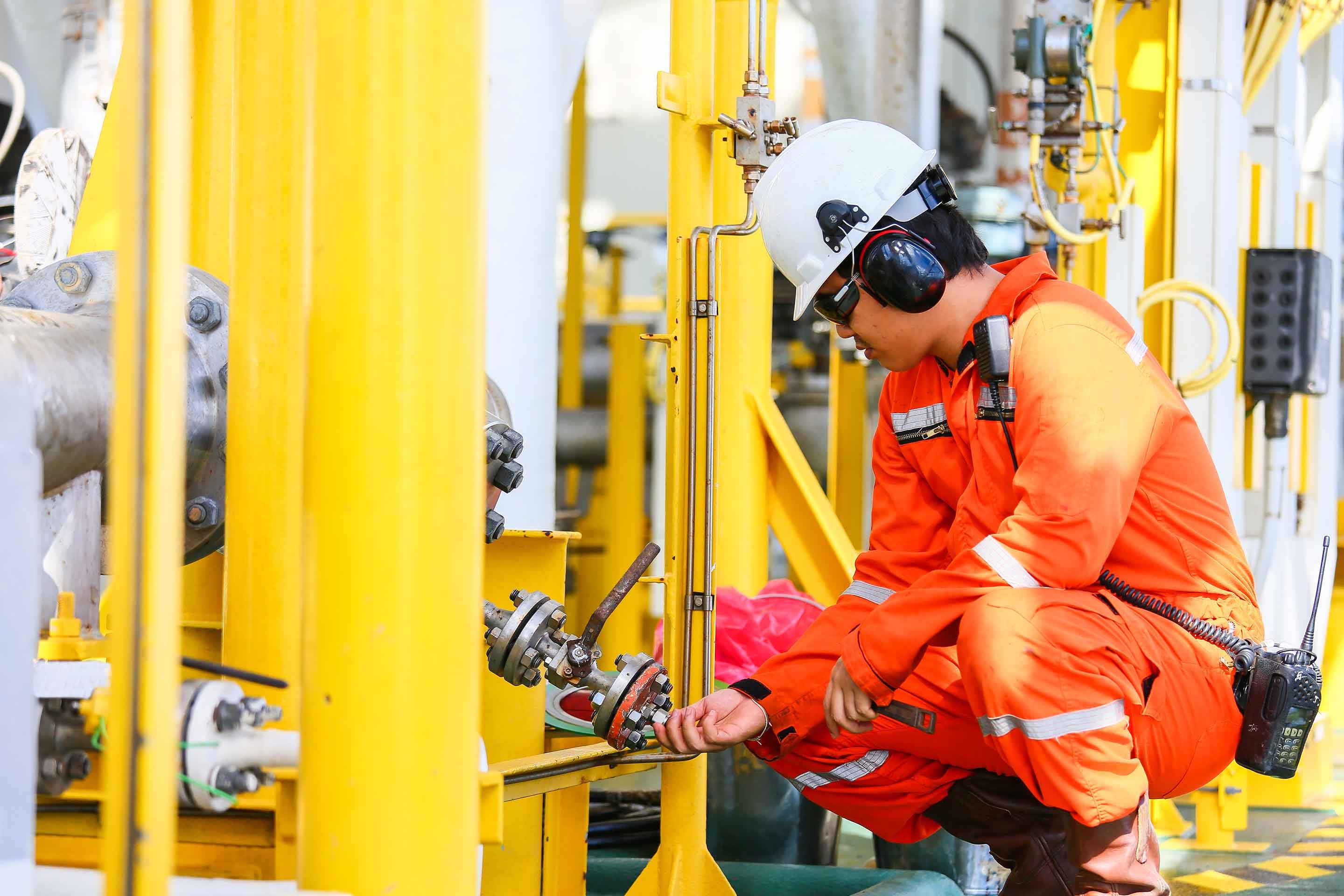
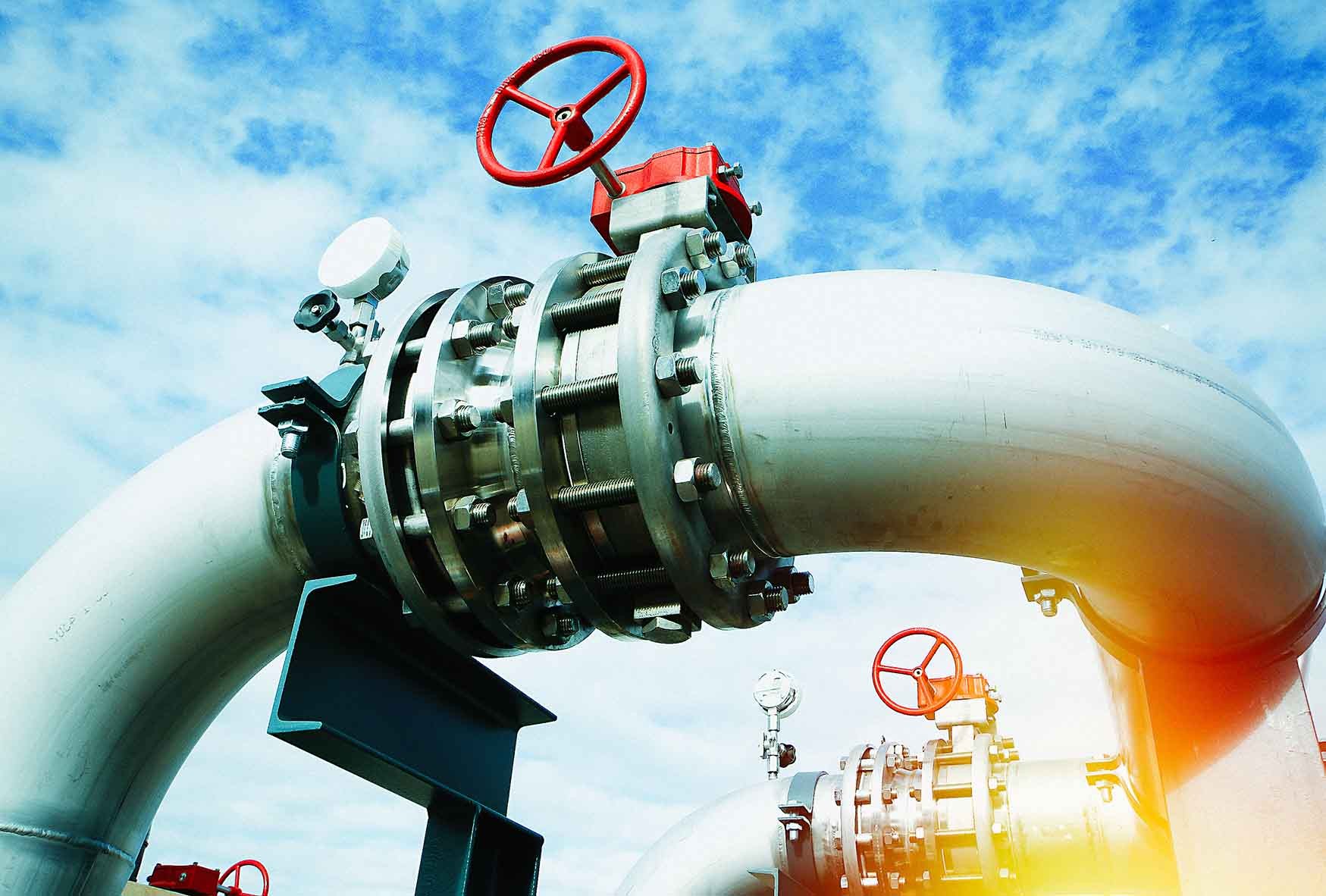
Fixed equipment refers to machinery, structures, and other assets that are permanently installed or anchored in place within an industrial facility or facility site. These items are typically designed to remain stationary and perform specific functions over time, as opposed to movable equipment.


















NAPHTEN.COM
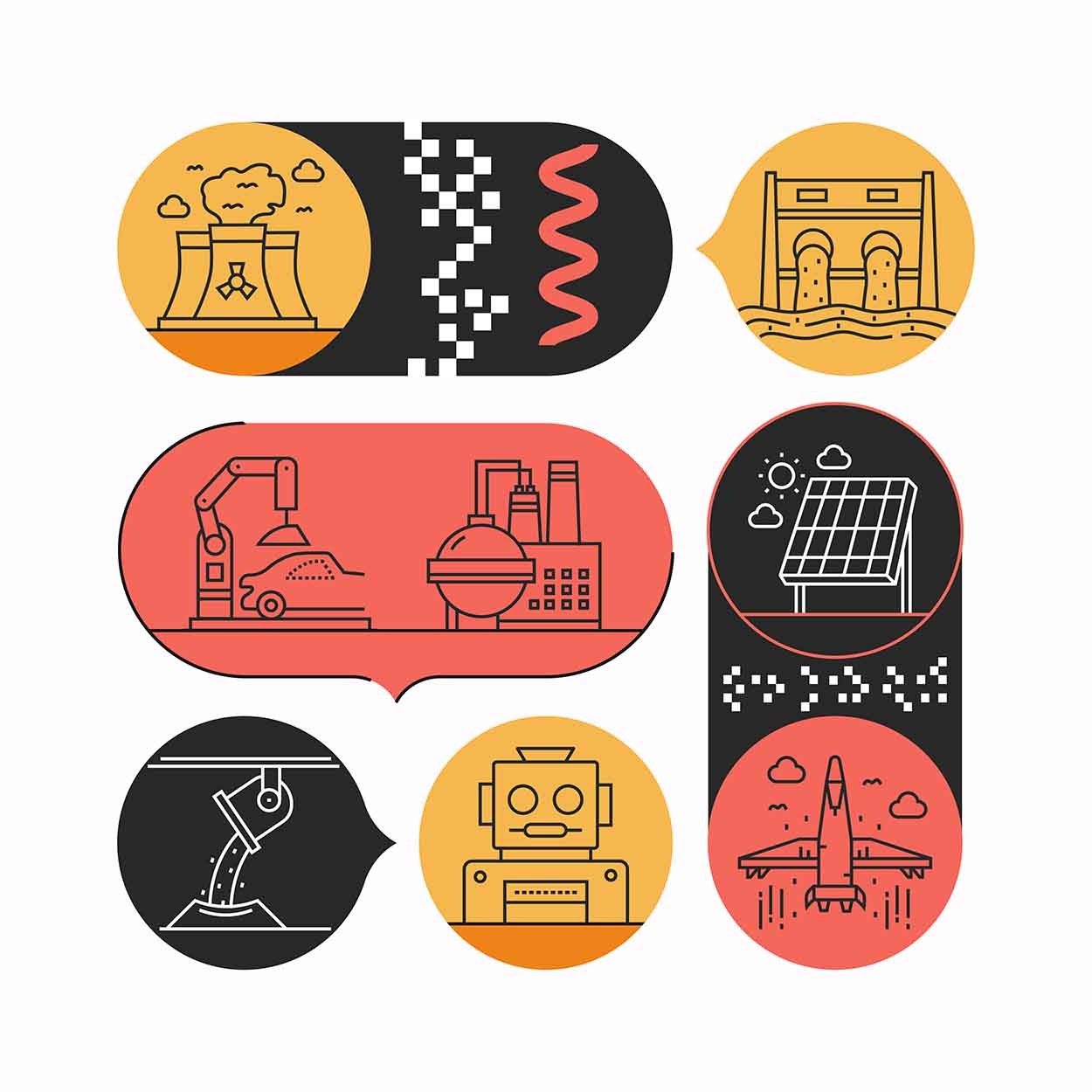
All types of chemicals
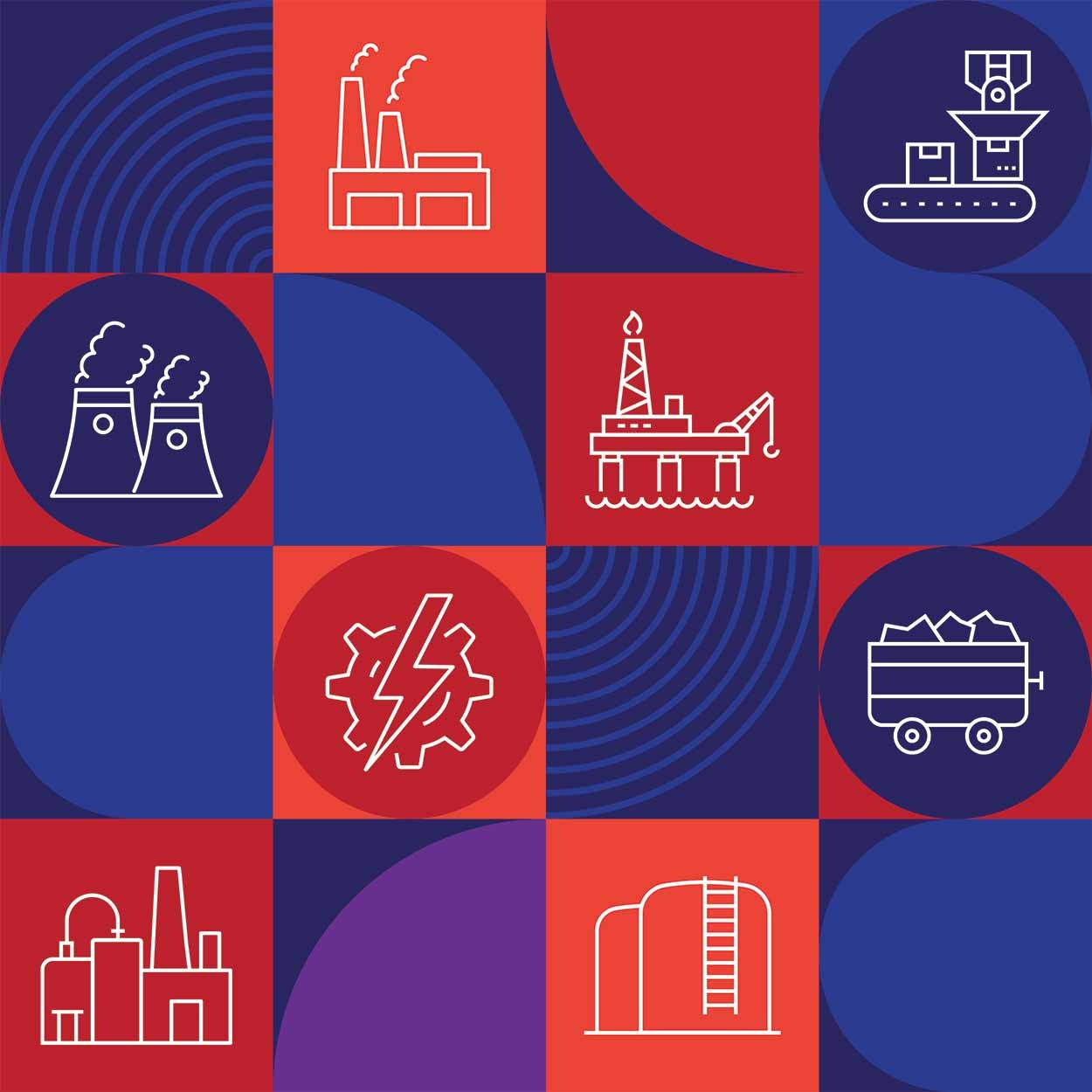
All types of catalysts
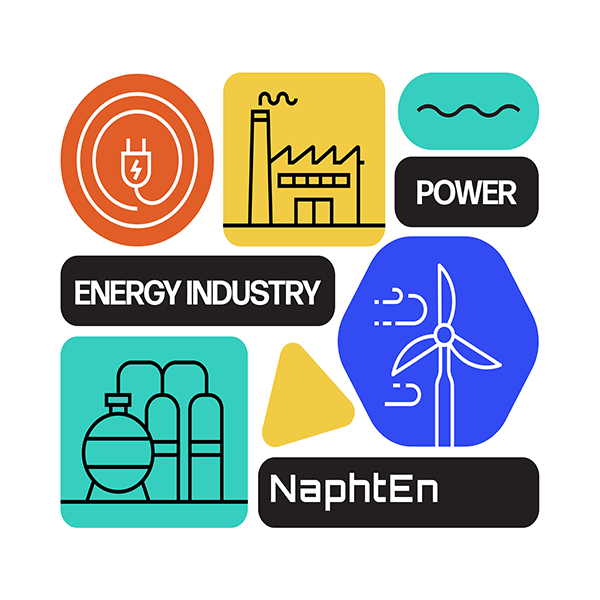
Rental
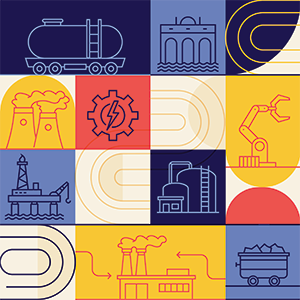
Packages
Electrical equipment refers to a wide range of devices and components used in the generation, transmission, distribution, and utilization of electrical energy. These devices are essential for the functioning of electrical systems. Electrical equipment can be broadly classified into the following categories
NaphtEn.ComSubCategories
Industrial Electrical Equipment
NaphEen.ComIncludes machinery and tools used in factories and manufacturing plants, such as motors, control panels, and automated systems.

Includes generators, turbines, and alternators used to generate electrical energy from various energy sources, such as fossil fuels, nuclear power, or renewable sources like wind and solar.Transmission and Distribution Equipment: Includes transformers, circuit breakers, switchgear, and transmission lines that carry electricity over long distances from power plants to substations and eventually to homes and businesses.

Includes devices like relays, fuses, and protective switches that monitor, control, and protect electrical circuits from faults, overloads, and short circuits.

Includes cables, wires, connectors, and terminals that carry electricity to various appliances, devices, and systems.
Instrument & Control Equipment refers to the systems and devices used to measure, monitor, and control various parameters (like pressure, temperature, flow, level, etc.) in industrial processes or systems.
Instrument and control equipment can be broadly classified into the following categories:
Instrumentation:
These systems process input data from instruments and send commands to control devices to maintain process variables within desired ranges.
Common control systems include:

Regulate the flow of materials based on set parameters.

Control the speed of motors for better process control.
Used for turning equipment on or off based on input signals.
Next Category is
1-Pressure Safety Valve (Relief Valve)
&
2-Rupture Disc
Common types of fire safety equipment include:
Portable devices used to put out small fires by spraying extinguishing agents like water, foam, CO2, or powder.
Water, foam, CO2, or powder
 Fire Alarms
Fire AlarmsSystems that detect smoke or heat and sound an alarm to warn occupants of a fire.

Used to smother small fires by cutting off the supply of oxygen.

Devices that detect the presence of smoke in the air, triggering alarms.
Automated water-based systems that activate to suppress fires when they reach a certain temperature.
Personal Protective Equipment

Provide a continuous water supply for extinguishing fires.

Mark escape routes and provide illumination during power outages.

Gear like fire-resistant clothing, gloves, and helmets for individuals working in high-risk fire areas.
Rental equipment plays a crucial role across various industries, providing businesses with the flexibility to access the tools, machinery, and technology they need without the long-term commitment and costs of ownership. Renting equipment can also allow companies to stay up to date with the latest technology, manage cash flow better, and maintain a lean operation
Construction machinery refers to heavy-duty equipment used for a wide range of construction tasks, including excavation, lifting, hauling, and material handling. They typically operate using hydraulic systems, internal combustion engines, and advanced electronics to perform various functions.

Excavators

Bulldozers

Backhoe

Wheel

Dump Trucks

Pipes

Supports and Hangers

Fittings

Expansion Joints

Valves

Insulation

Flanges

Gaskets and Seals
![]() Skid-mounted oil refinery: This type of refinery is modular and typically pre-assembled on skids (metal frames with equipment mounted on them), which allows for portability and quick deployment. It is usually smaller in scale, mobile, and often used for temporary or remote operations.
Skid-mounted oil refinery: This type of refinery is modular and typically pre-assembled on skids (metal frames with equipment mounted on them), which allows for portability and quick deployment. It is usually smaller in scale, mobile, and often used for temporary or remote operations.
![]() Fixed or stationary oil refinery: This refers to a large, permanent refinery built at a specific location with complex infrastructure and heavy equipment that cannot be easily moved. These refineries are generally designed for long-term, large-scale operations and are often integrated with larger oil production facilities or pipeline systems.
Fixed or stationary oil refinery: This refers to a large, permanent refinery built at a specific location with complex infrastructure and heavy equipment that cannot be easily moved. These refineries are generally designed for long-term, large-scale operations and are often integrated with larger oil production facilities or pipeline systems.
Package equipment typically comes pre-fabricated and pre-tested to meet specified performance standards, which reduces the need for extensive on-site assembly.
pre-fabricated & pre-tested
Key Characteristics of Package Equipment:

Package equipment can be designed to be modular, allowing for easy scalability and flexibility in adapting to changing needs or expansions in the facility.

These systems are designed to standardized specifications, allowing for faster implementation and easier integration with other systems.

They are often delivered as turnkey solutions, meaning they are ready for immediate installation and operation once they are delivered to the site.
Heating, ventilation, and air conditioning equipment that is pre-assembled for specific industrial applications.
Complete packages for fluid handling, including pumps, motors, control systems, and piping.
Pre-assembled systems for water filtration, softening, or reverse osmosis.
Compressors, storage tanks, and distribution systems for industrial air supply.
Diesel or gas-powered generators packaged with associated electrical and control systems.

Because package equipment is delivered ready to be installed, it minimizes time spent on assembly, testing, and commissioning.

Standardized designs and pre-assembly often reduce costs compared to custom-built systems.

Pre-engineered systems are typically tested for reliability and performance, reducing the likelihood of issues during operation.